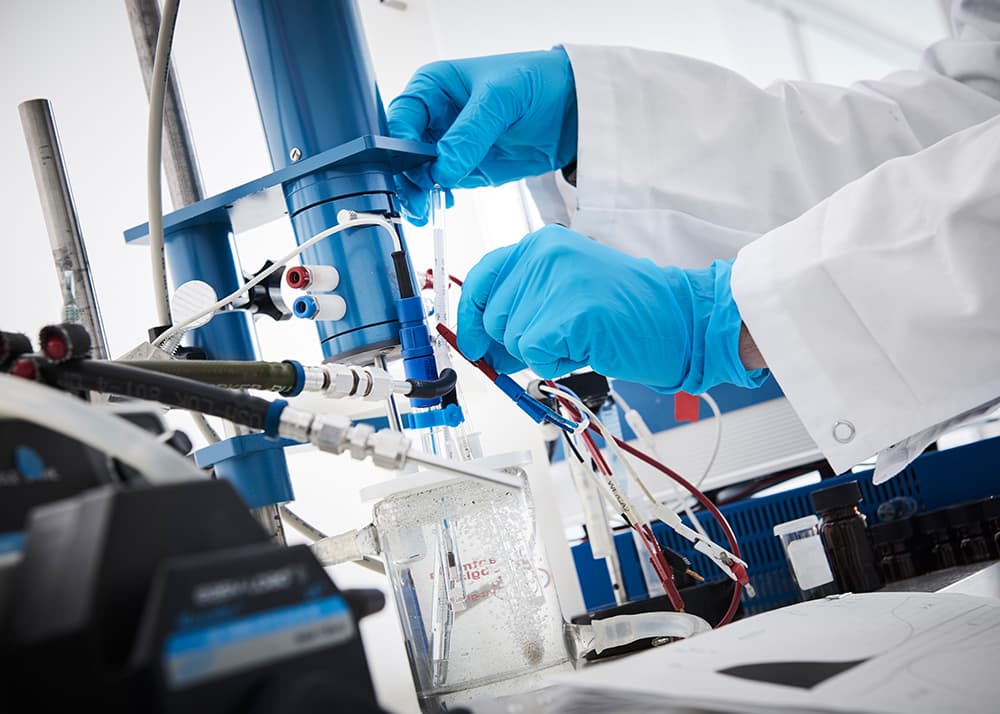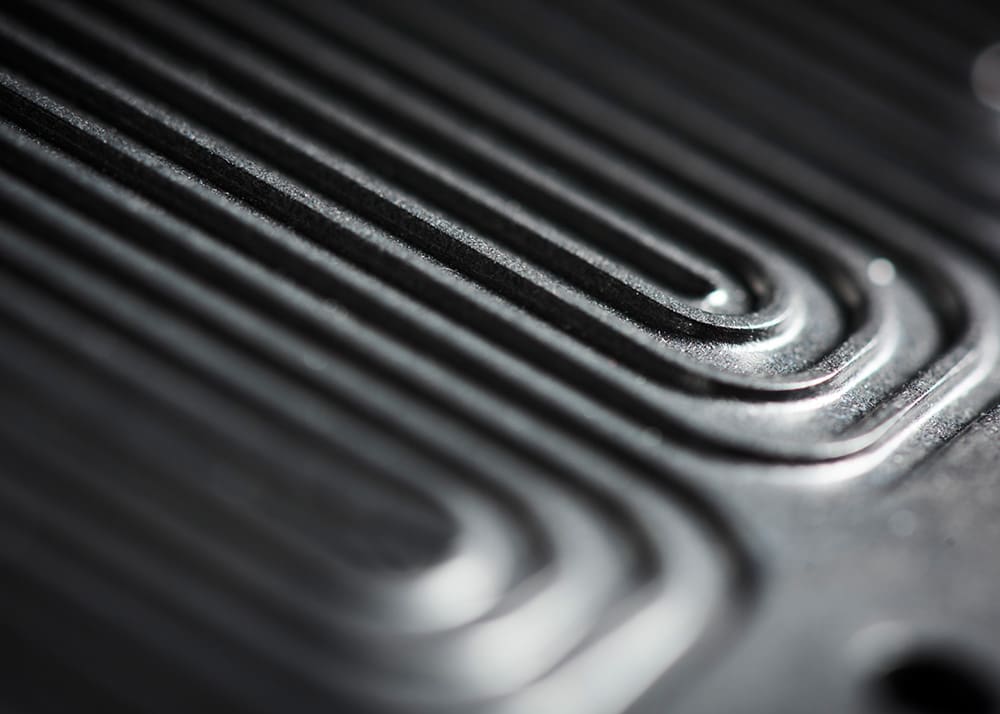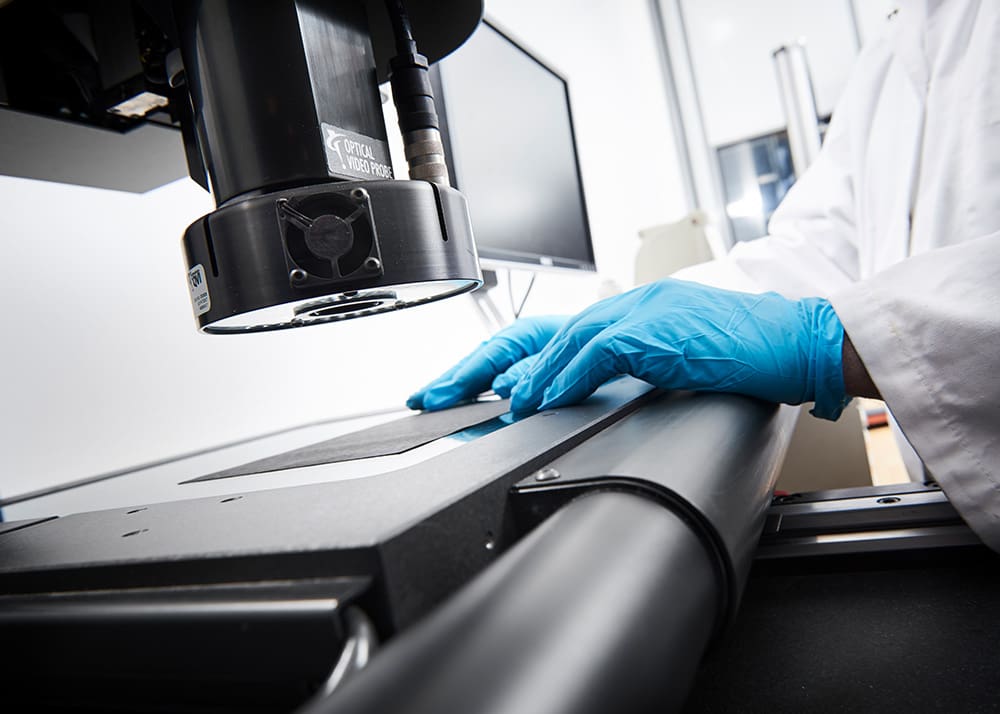Water is the only by-product, making fuel cells not only environmentally friendly, but also very efficient.
In many ways, fuel cells are just like ordinary batteries. But when an ordinary battery runs dead and needs to be recharged, the fuel cell just keeps on running as long as either hydrogen or methanol is added to the cell.
The fuel cell consists of two flow plates built around a membrane electrode assembly (MEA), and although it is a complex and complicated creation, the concept is actually quite simple.
Hydrogen is forced through a catalyst where it is ionised. Electrons then pass through a circuit on the flow plate where electricity can be harnessed from their flow on their way to the cathode. At the cathode, oxygen reacts with the protons and electrons, and produces water and heat as the only by-products.


To start the fuel cell, all you have to do is add hydrogen from one side, then the fuel cell will take in oxygen from the air on the other side and start generating electricity.
This means that, in theory, there is no limit to the efficiency of a fuel cell or the ability to effectively extract more energy from fuel than combustion based methods. Traditional internal combustion engines typically have an efficiency of around 30 %, whereas fuel cells can achieve 40-70 %.

We offer excellent electrical and thermal conductivity at competitive prices using state-of the-art flow plate design, combined with carefully selected raw material compounds and mass production.

Thanks to our knowledge and continuous development, we can now offer 3-, 5-, and 7-layer MEAs with increased power density and durability and reduced catalyst loading.